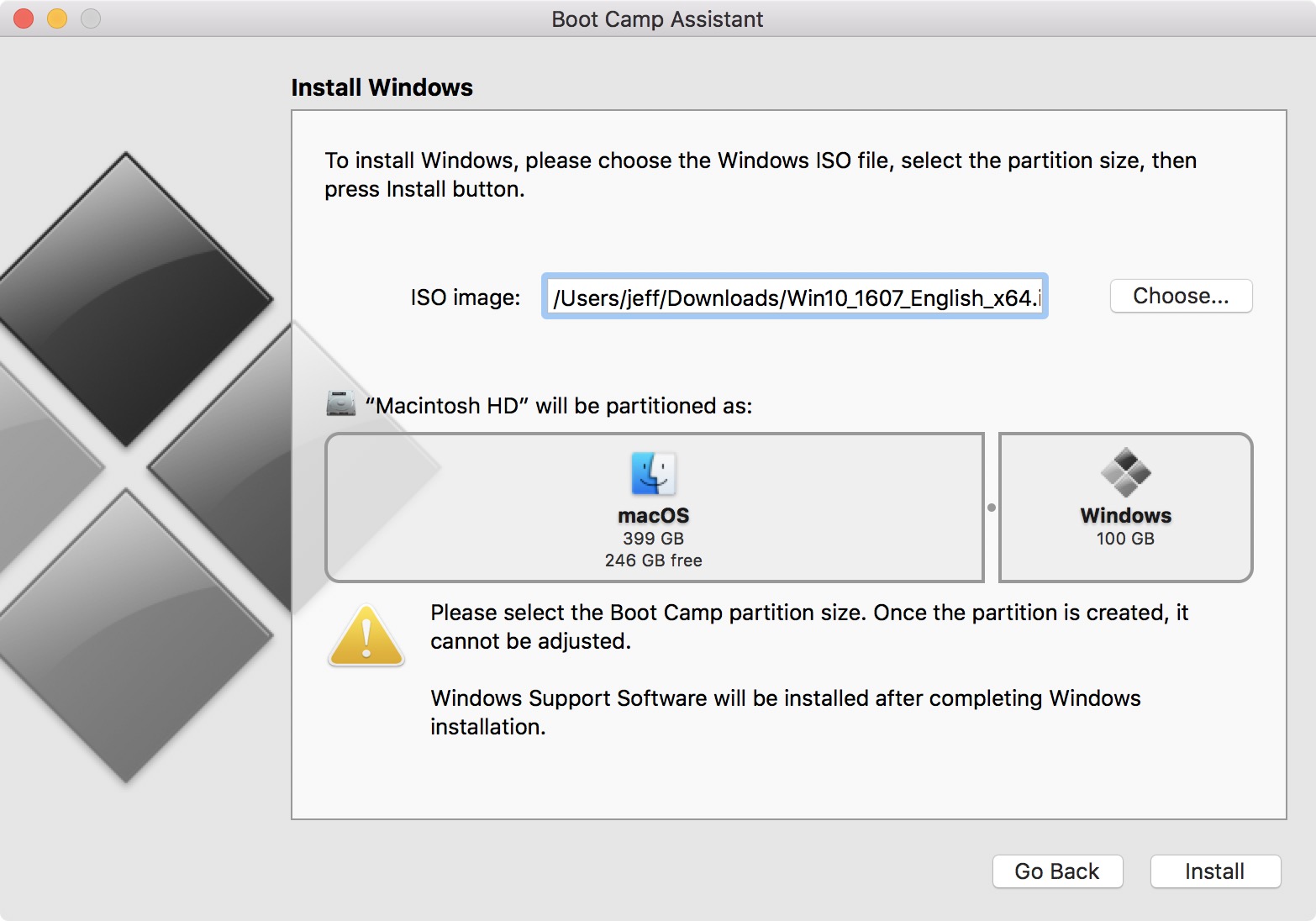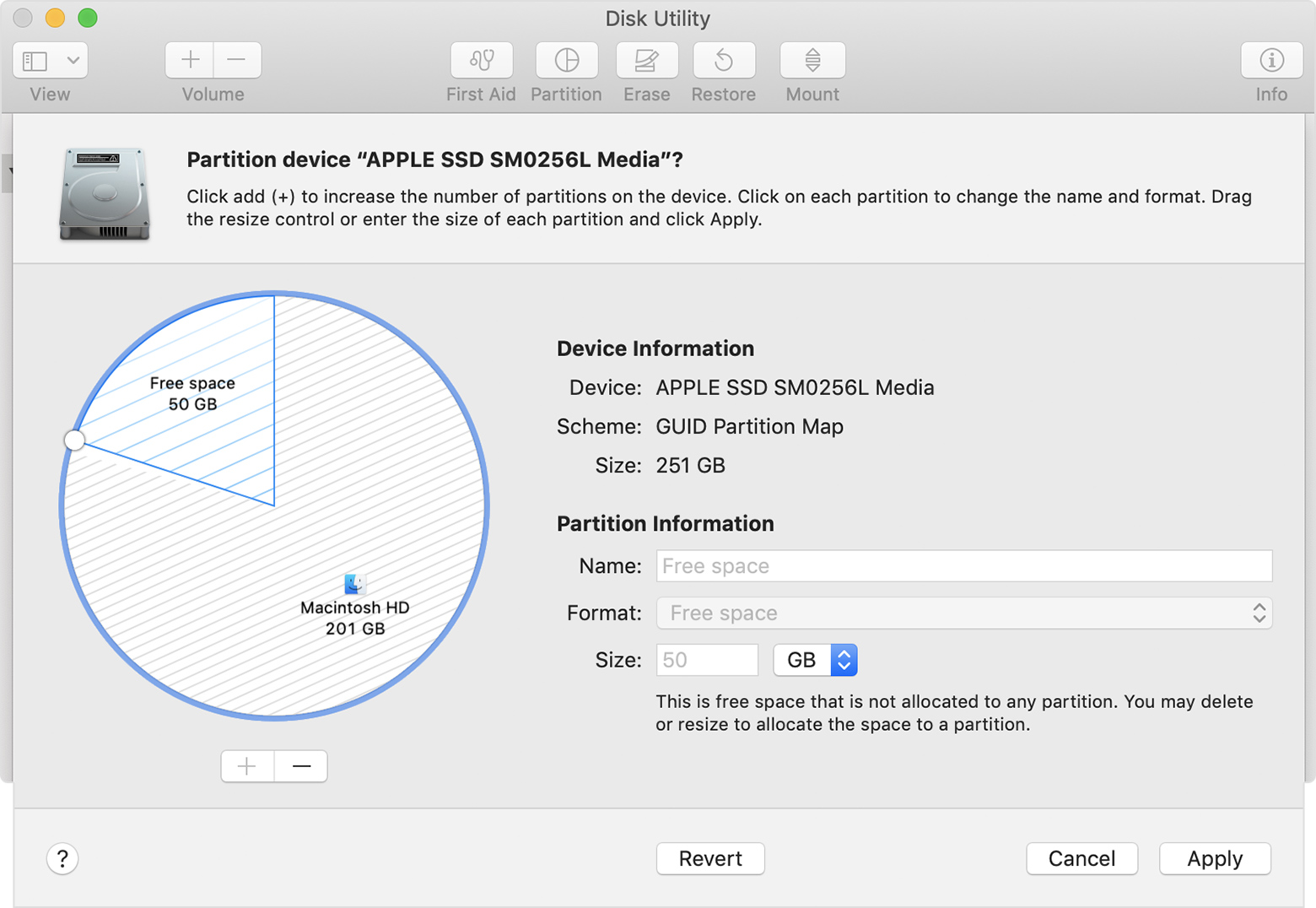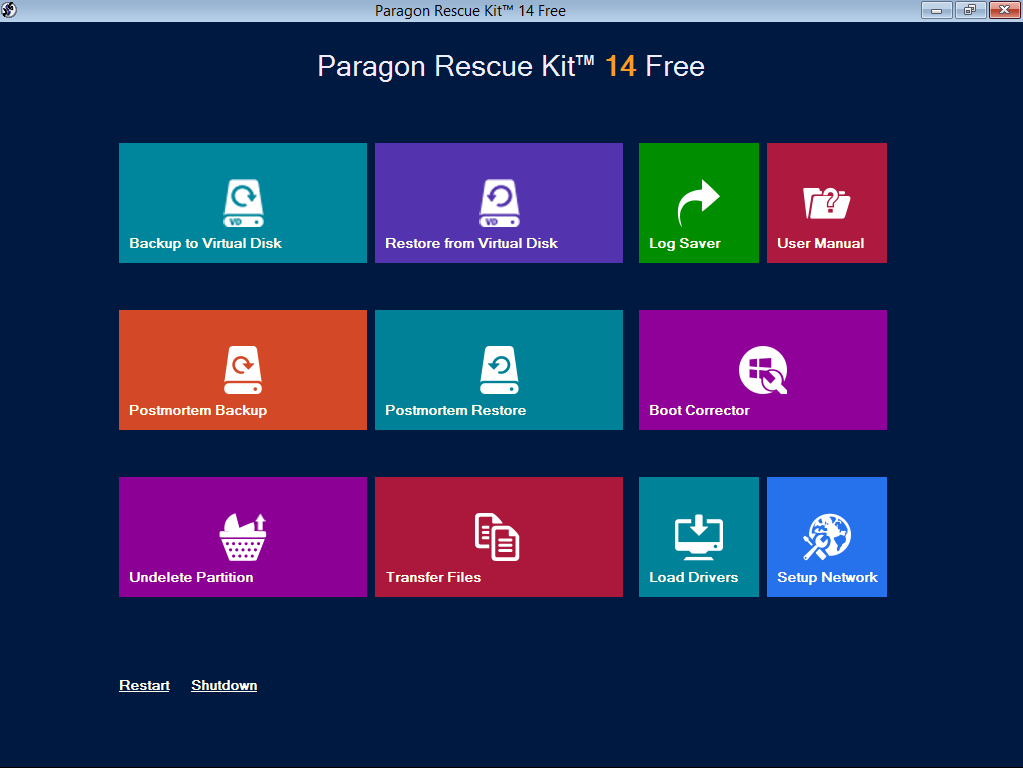After using Boot Camp to install Windows on my Mac, is there any way to transfer files between the two partitions as each is only read only to the other. This is mainly because I have run out of space on one partition and was wondering if I was able to download files to my main Mac partition which will be used on my windows side, or is the.
- How To Copy Files From Mac To Boot Camp Partition Drive
- How To Copy Files From Mac To Boot Camp Partition Key
- How To Copy Files From Mac To Boot Camp Partition Windows 7
- How To Copy Files From Mac To Boot Camp Partition In Hibernation
- How To Copy Files From Mac To Boot Camp Partitioning
- How To Copy Files From Mac To Boot Camp Partitions
- Mar 29, 2019 Boot Camp is the software that was created to enable Windows to run on your Mac. You may have needed Windows in the past, for work or school, but as technology progresses, it is becoming more and more likely that you can just do everything on the Mac side, rendering Boot Camp obsolete.
- Feb 22, 2009 I just installed boot camp and I want to know if I can transfer files from the Mac side to the windows side and if so, how? I partitioned in FAT format. Hi and welcome to Discussions, Mac OSX can read and write to Windows FAT32 partitions, so a file transfer to Windows while in OSX is possible without any problems.
What you need to install Windows 10 on Mac
- MacBook introduced in 2015 or later
- MacBook Air introduced in 2012 or later
- MacBook Pro introduced in 2012 or later
- Mac mini introduced in 2012 or later
- iMac introduced in 2012 or later1
- iMac Pro (all models)
- Mac Pro introduced in 2013 or later
The latest macOS updates, which can include updates to Boot Camp Assistant. You will use Boot Camp Assistant to install Windows 10.
64GB or more free storage space on your Mac startup disk:
- Your Mac can have as little as 64GB of free storage space, but at least 128GB of free storage space provides the best experience. Automatic Windows updates require that much space or more.
- If you have an iMac Pro or Mac Pro with 128GB of memory (RAM) or more, your startup disk needs at least as much free storage space as your Mac has memory.2
An external USB flash drive with a storage capacity of 16GB or more, unless you're using a Mac that doesn't need a flash drive to install Windows.
A 64-bit version of Windows 10 Home or Windows 10 Pro on a disk image (ISO) or other installation media. If installing Windows on your Mac for the first time, this must be a full version of Windows, not an upgrade.
- If your copy of Windows came on a USB flash drive, or you have a Windows product key and no installation disc, download a Windows 10 disk image from Microsoft.
- If your copy of Windows came on a DVD, you might need to create a disk image of that DVD.
How to install Windows 10 on Mac
To install Windows, use Boot Camp Assistant, which is included with your Mac.
1. Use Boot Camp Assistant to create a Windows partition
Open Boot Camp Assistant, which is in the Utilities folder of your Applications folder. Then follow the onscreen instructions.
- If you're asked to insert a USB drive, plug your USB flash drive into your Mac. Boot Camp Assistant will use it to create a bootable USB drive for Windows installation.
- When Boot Camp Assistant asks you to set the size of the Windows partition, remember the minimum storage-space requirements in the previous section. Set a partition size that meets your needs, because you can't change its size later.
2. Format the Windows (BOOTCAMP) partition
When Boot Camp Assistant finishes, your Mac restarts to the Windows installer. If the installer asks where to install Windows, select the BOOTCAMP partition and click Format. In most cases, the installer selects and formats the BOOTCAMP partition automatically.
3. Install Windows
Unplug any external devices that aren't necessary during installation. Then click Next and follow the onscreen instructions to begin installing Windows.
4. Use the Boot Camp installer in Windows
After Windows installation completes, your Mac starts up in Windows and opens a ”Welcome to the Boot Camp installer” window. Follow the onscreen instructions to install Boot Camp and Windows support software (drivers). You will be asked to restart when done.
- If the Boot Camp installer never opens, open the Boot Camp installer manually and use it to complete Boot Camp installation.
- If you have an external display connected to a Thunderbolt 3 port on your Mac, the display will be blank (black, gray, or blue) for up to 2 minutes during installation.
How to switch between Windows and macOS
Restart, then press and hold the Option (or Alt) ⌥ key during startup to switch between Windows and macOS.
Learn more
If you have one of these Mac models using OS X El Capitan 10.11 or later, you don't need a USB flash drive to install Windows:
- MacBook introduced in 2015 or later
- MacBook Air introduced in 2015 or later3
- MacBook Pro introduced in 2015 or later3
- iMac introduced in 2015 or later
- iMac Pro (all models)
- Mac Pro introduced in late 2013
To remove Windows from your Mac, use Boot Camp Assistant, not any other utility.
For more information about using Windows on your Mac, open Boot Camp Assistant and click the Open Boot Camp Help button.
1. If you're using an iMac (Retina 5K, 27-inch, Late 2014) or iMac (27-inch, Late 2013) or iMac (27-inch, Late 2012) with a 3TB hard drive and macOS Mojave or later, learn about an alert you might see during installation.
2. For example, if your Mac has 128GB of memory, its startup disk must have at least 128GB of storage space available for Windows. To see how much memory your Mac has, choose Apple menu > About This Mac. To see how much storage space is available, click the Storage tab in the same window.
3. These Mac models were offered with 128GB hard drives as an option. Apple recommends 256GB or larger hard drives so that you can create a Boot Camp partition of at least 128GB.
By Mike Wuerthele
Monday, January 29, 2018, 12:09 pm PT (03:09 pm ET)
 Boot Camp will add a partition on-the-fly to your system drive, but there are some things that can stand in the way of that process. AppleInsider explains how to fix most of the issues preventing you from setting up that partition, if the assistant throws you the failure to partition error.
Boot Camp will add a partition on-the-fly to your system drive, but there are some things that can stand in the way of that process. AppleInsider explains how to fix most of the issues preventing you from setting up that partition, if the assistant throws you the failure to partition error.Pre-step. Get a backup with something other than Time Machine. For this task, we recommend Carbon Copy Cloner, SuperDuper, or ChronoSync to make a fully bootable, fully clone-able backup volume.
We've spoken about Carbon Copy Cloner and ChronoSync in the past. Before we go any further, it might be worth taking a look again.
Disable FileVault
FileVault can, in some cases interfere with the partitioning process. Why, we're not sure, but the best and least destructive, way around it is to turn off Filevault, if it is on. If it isn't, then go to the next step.
Select System Preferences, and click Security and Privacy.
Click on the FileVault
 tab. Unlock the pane, validate your credentials, and click Turn Off FileVault.
tab. Unlock the pane, validate your credentials, and click Turn Off FileVault.
This isn't an immediate process. Decryption of your drive happens when the Mac is awake and plugged in. So, either use your Mac for a few hours doing things other than making a Boot Camp partition, or tell your Mac to never sleep in the Energy Saver control panel and walk away for a while.
Turn off Time Machine, un-associate any backup drives
You've got a backup, right? Don't proceed any further unless you have a backup that doesn't depend on Time Machine.
First, disassociate any backup drives with Time Machine. Select System Preferences, and click Time Machine.
Click Select Disk
Click on the drive being used as your Time Machine backup, and click Remove Disk. The Mac will pop up a dialog asking you to confirm that you want to do so.
Try to use Boot Camp assistant to partition the drive again. Should it still fail, you may need to remove Time Machine local snapshots as well.
Purge Time Machine local snapshots
For the tech saavy, the procedure to do this is different in High Sierra than it used to be. Apple killed a one-step, easy, Terminal process to turn off the feature, and automatically delete all local snapshots.
The procedure is still in the Terminal, though. Open the Terminal
How To Copy Files From Mac To Boot Camp Partition Drive
.Enter tmutil thinlocalsnapshots / 9999999999999999
How To Copy Files From Mac To Boot Camp Partition Key
Depending on how many you have, and the speed of your drive, it may take a few moments to eradicate all the snapshots.The above steps deal with most of the obstacles to a successful Boot Camp Assistant partitioning of your system drive. Once more, try to use Boot Camp Assistant to make the partition.
If all that still doesn't allow the partition to be created, then...
Format your hard drive
How To Copy Files From Mac To Boot Camp Partition Windows 7
How To Copy Files From Mac To Boot Camp Partition In Hibernation
If you've gotten this far, we're pretty confident of your ability to do this step. First, make sure you have a backup! Reformat your drive either by booting from your restore clone, or rebooting in recovery mode, and set up an APFS partition for your macOS install, and a macOS Extended (journaled)How To Copy Files From Mac To Boot Camp Partitioning
partition for what will become your Boot Camp partition later in the process.How To Copy Files From Mac To Boot Camp Partitions
Restore your backup to the APFS partition, run the Boot Camp Assistant again, and all should be well.